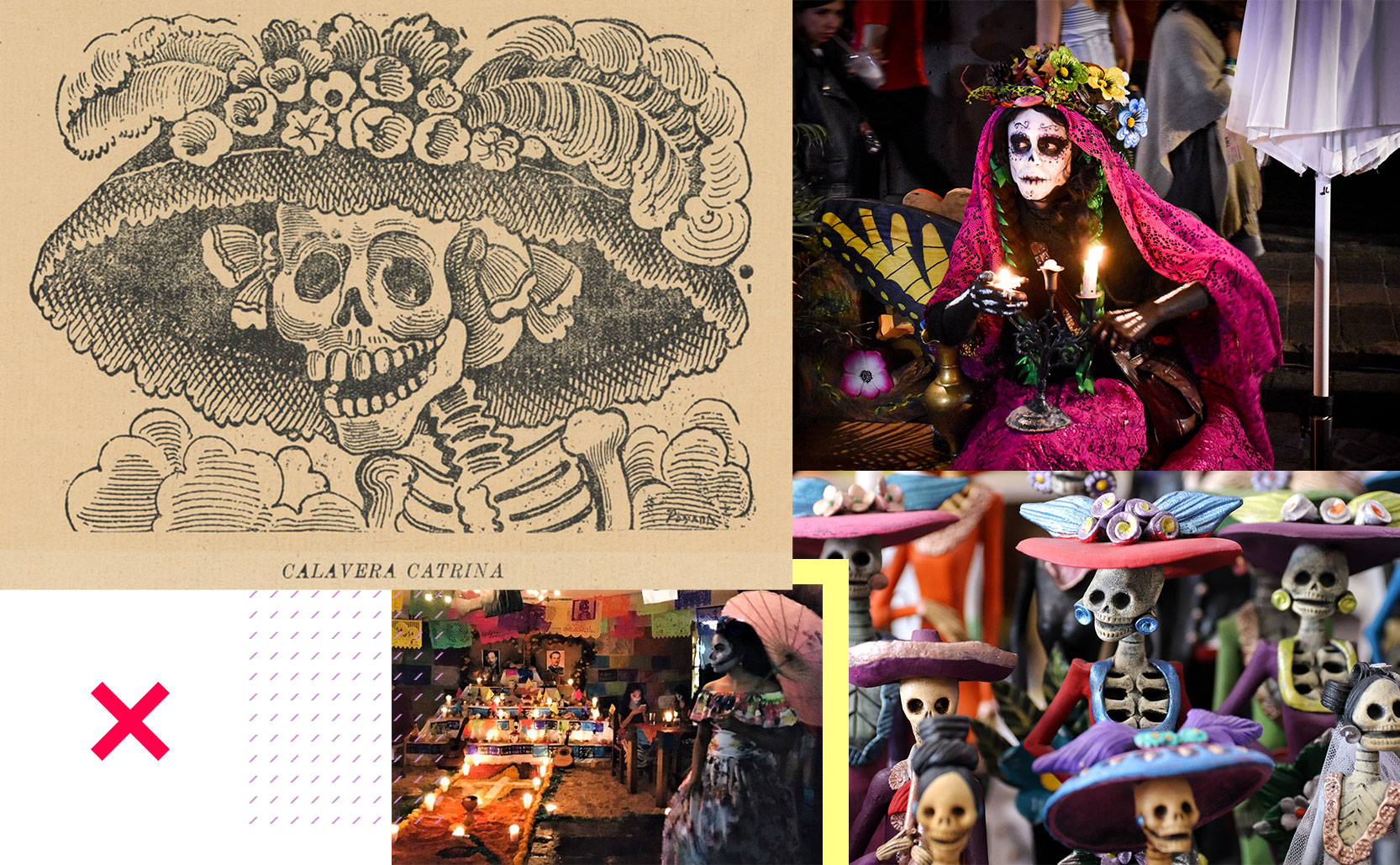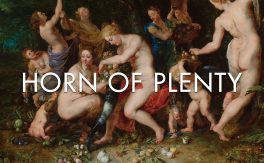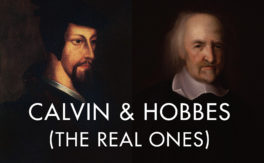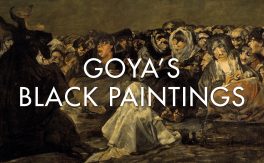The political cartoon that became a Mexican memento mori.
In 1910, towards the end of General Porfirio Díaz’s rule of Mexico, the country was unknowingly on the verge of civil war. The Porfiriato period enriched a minority elite ruling class (as well as foreign investors), while the majority of Mexicans remained poor rural laborers. In this time of social and economic unrest José Guadalupe Posada used satire for political change.
Calaveras & Memento Mori
José Guadalupe Posada was a 19th and 20th century pro-revolutionary Mexican illustrator & political cartoonist. He produced historical, religious, and satirical illustrations but he’s best remembered for his calaveras (“skulls”) work.

Posada’s calaveras are illustrations of Mexican life featuring skeletons in place of living people. They are frequently lively, smiling, skeletons engaged in normal activities. By using skeletons Posada used the idea of memento mori (as well as to some degree Danse Macabre) to remind his audience that, rich or poor, people from all walks of life will die and that there’s a comedic futility to many of the preoccupations of daily life. His most memorable calaveras were his satirizations of the wealthy class, the most famous of which is La Calavera Catrina (“the Elegant Skull”).

La Catrina is a female skeleton in an elaborate flowery hat. She’s Posada’s commentary on the upper class women of the time who turned their backs on their Mexican heritage in favor of European fashions. She is also reminiscent of Santa Muerte (“Saint Death”), the pre-Catholic deity of death who has a long tradition in Mexican culture.
Over the years La Catrina has become an iconic part of Mexican culture. She is the central figure in Diego Rivera’s 1947 mural Sueño de una Tarde Dominical en la Alameda Central (“Dream of a Sunday Afternoon at Alameda Central Park”). Today she is seen in the art and costumes of Día de Muertos festivities.






